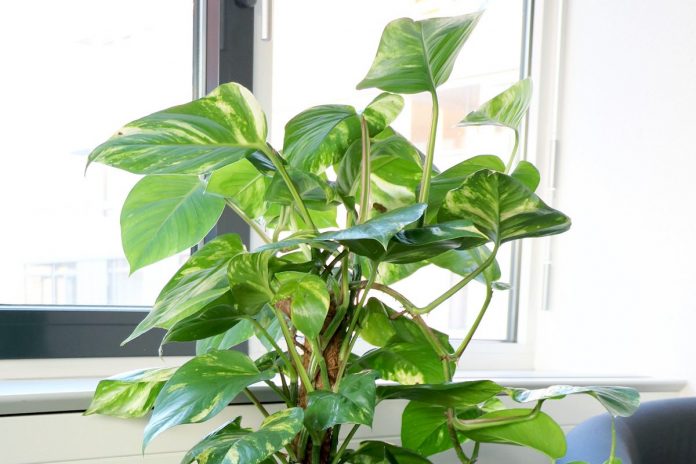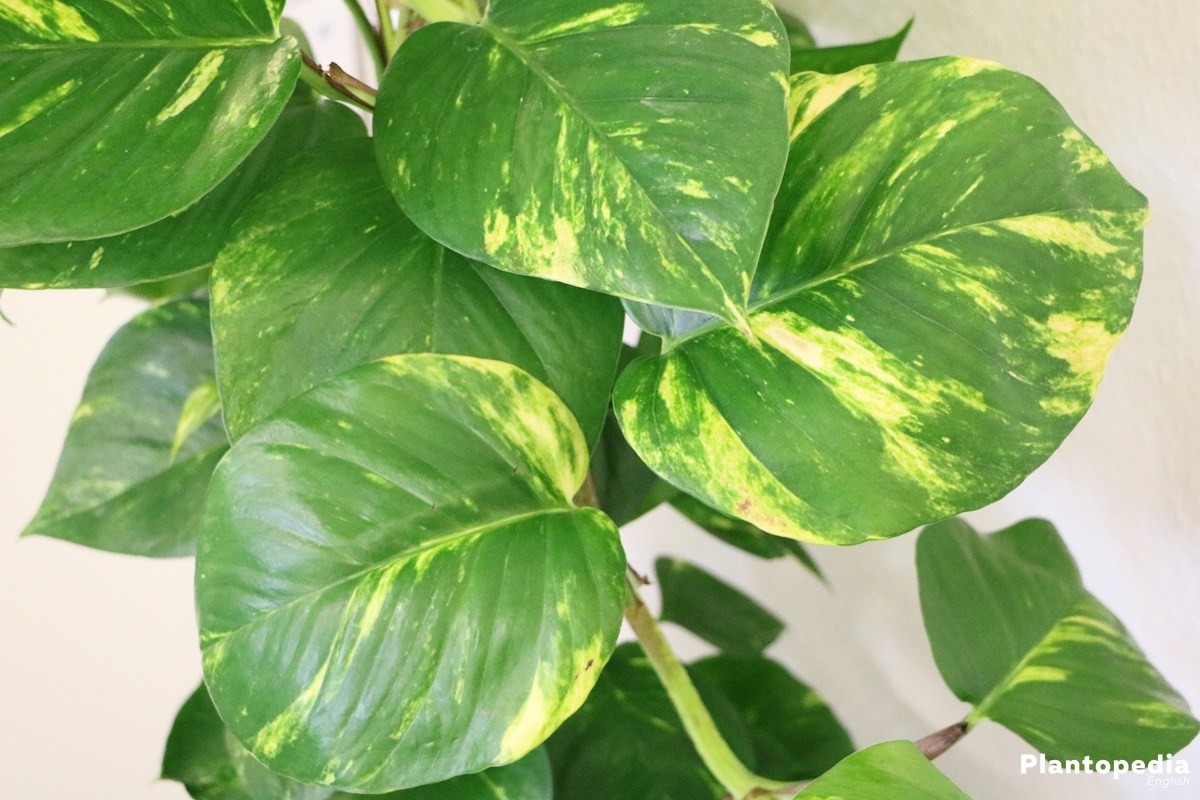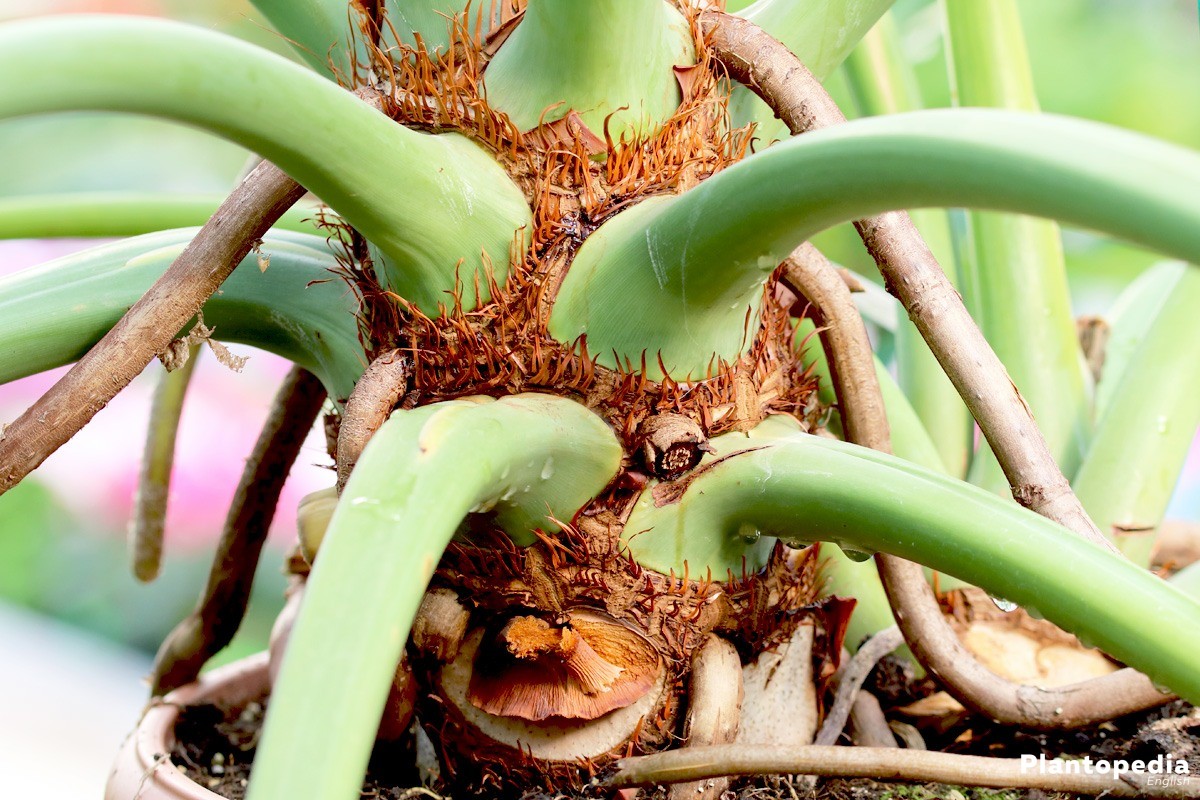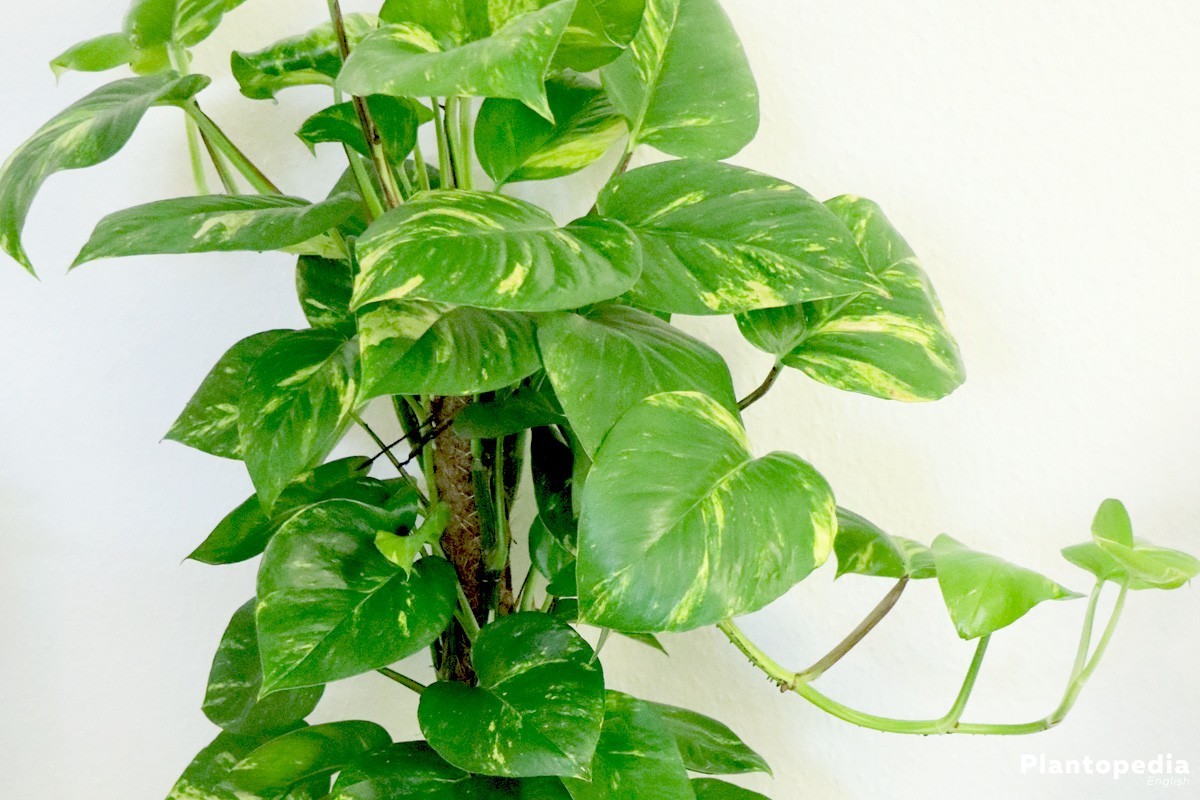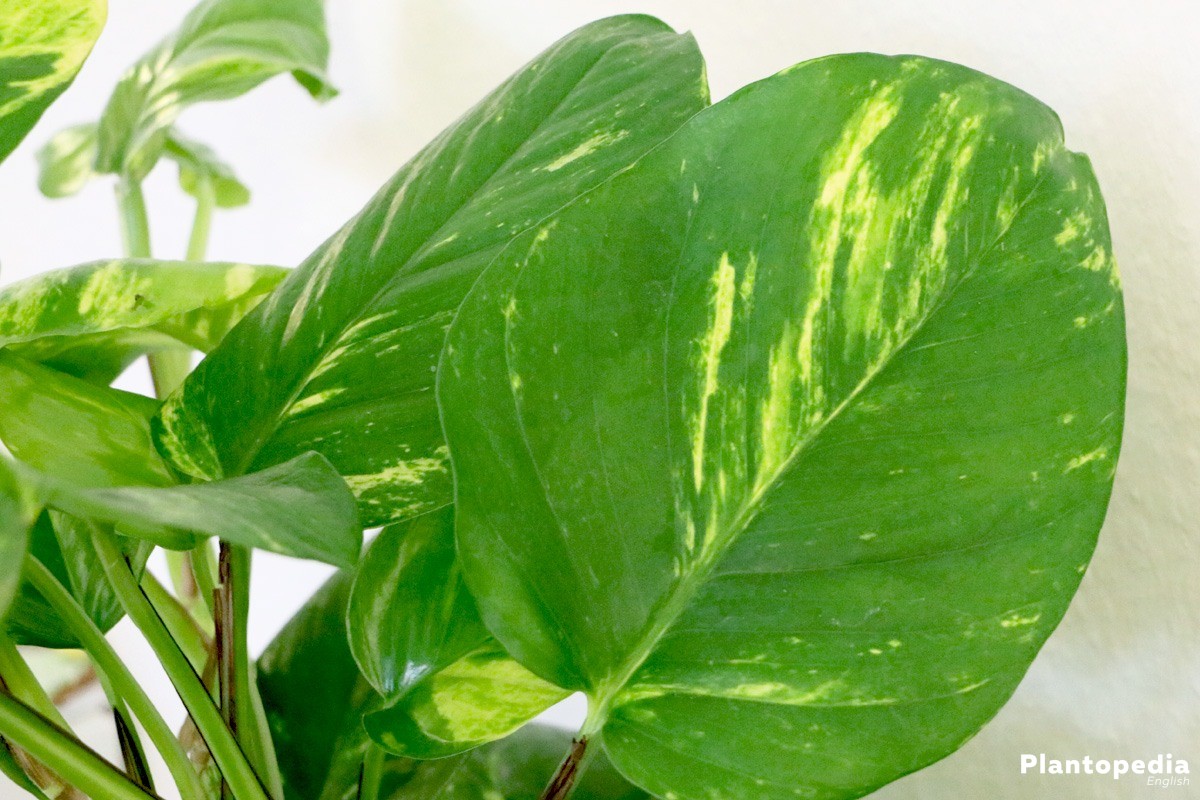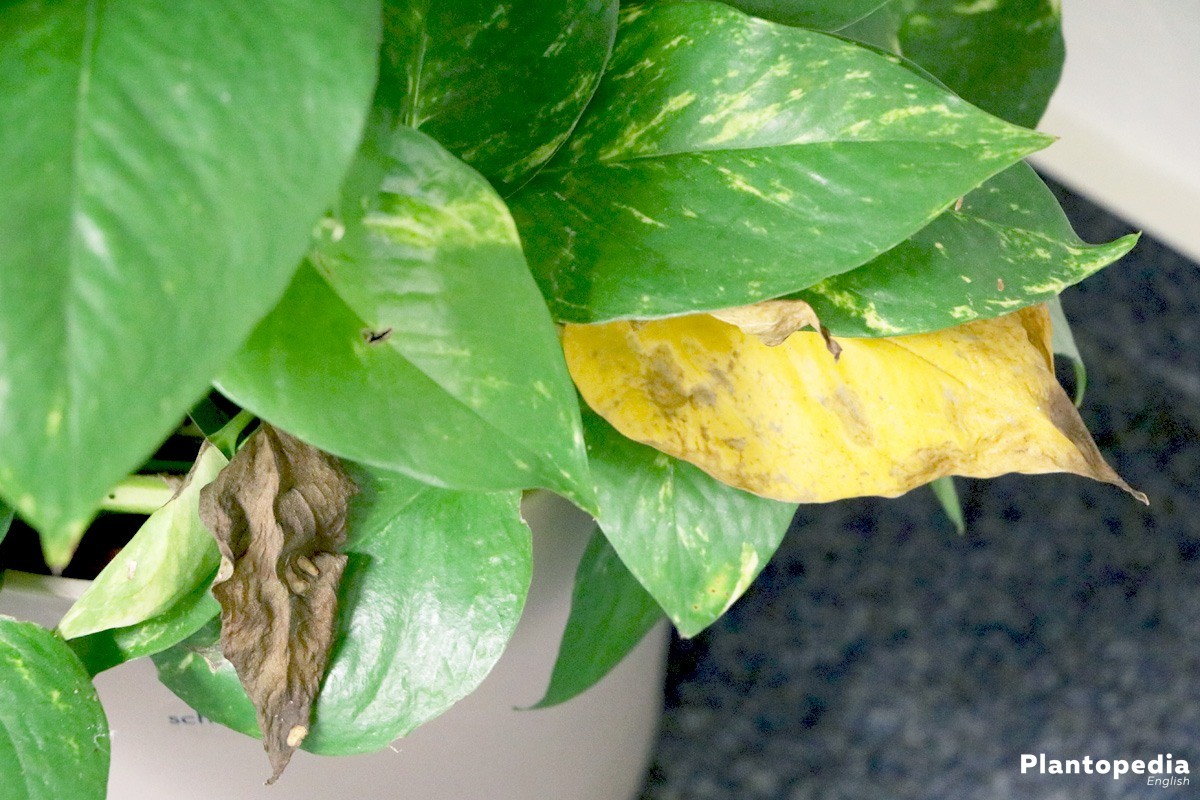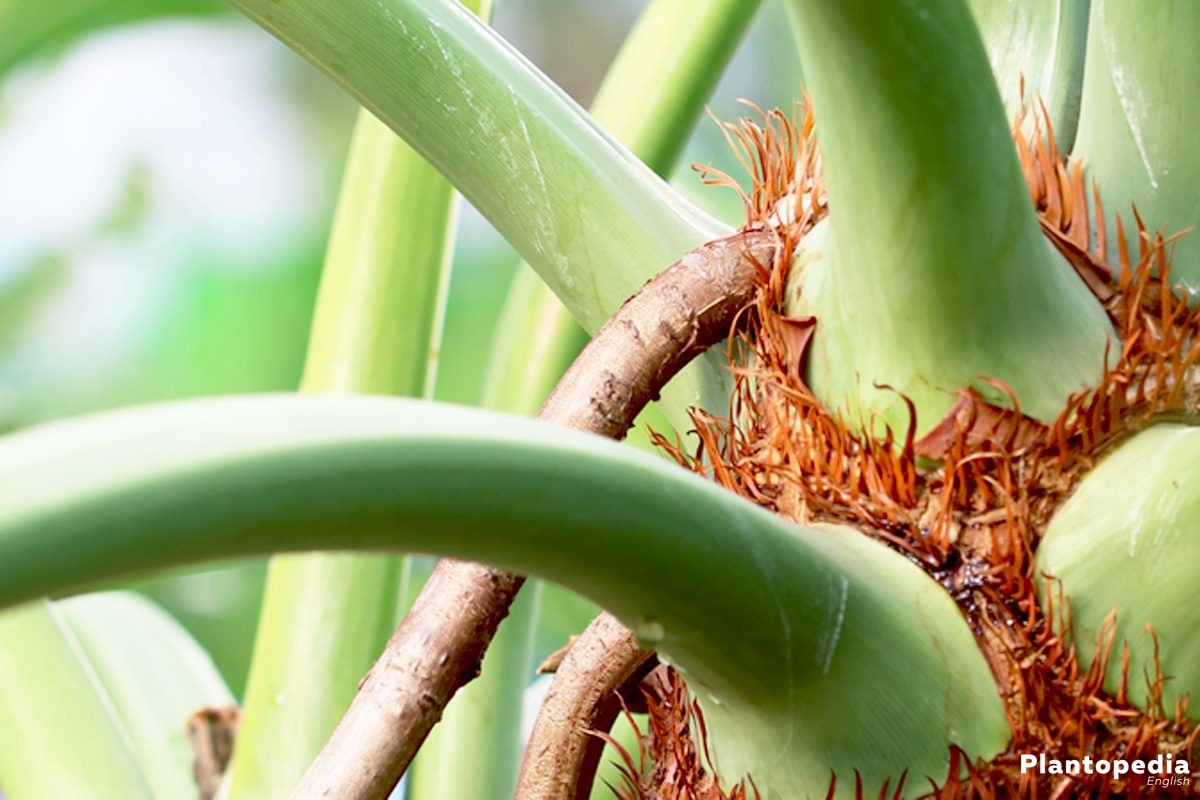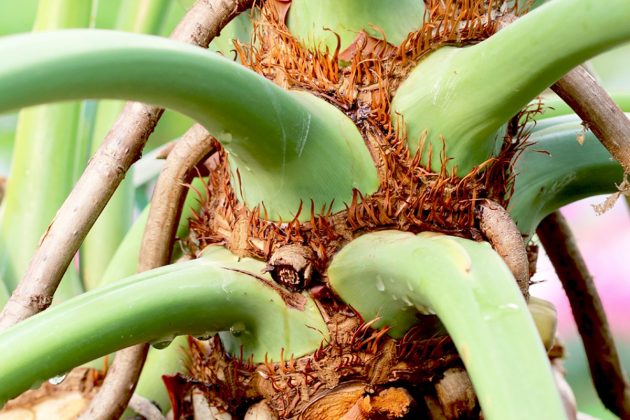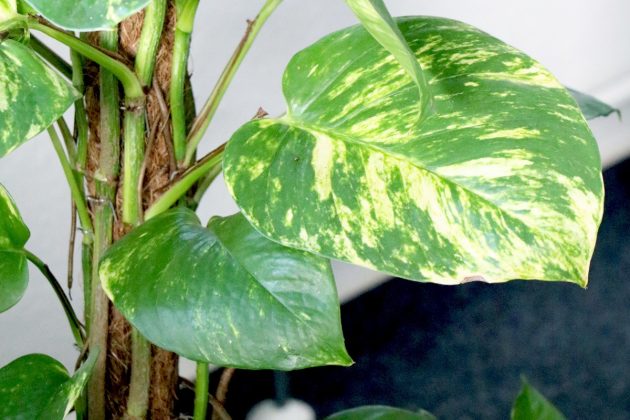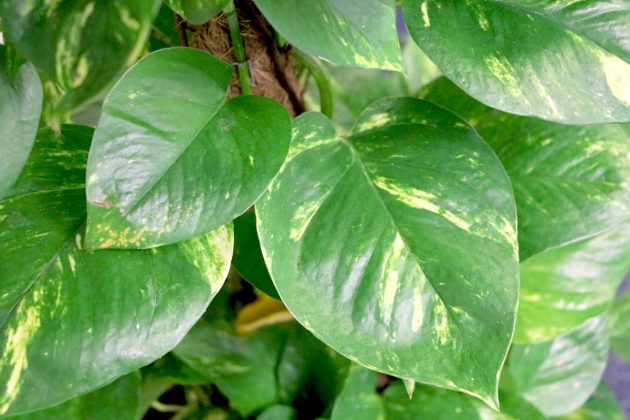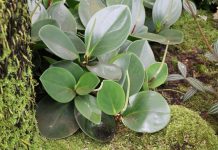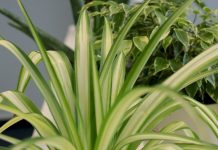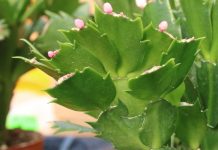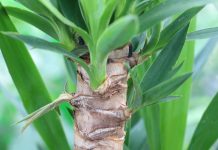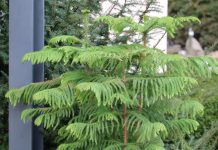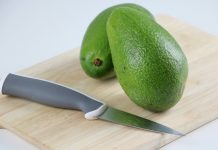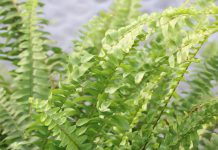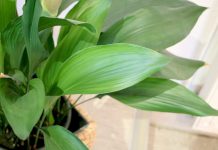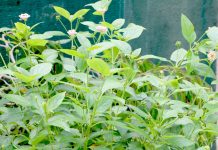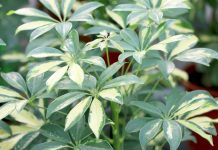The Philodendron: the typical office plant. And that’s right, it’s quite low-maintenance, decorative and impresses with many more features that will surprise many plant lovers. The big leaves make it decorative and it deserves its own special place where it can develop its unique beauty.
Plant Profile
Contents
- Plant Family: Arads (Araceae)
- Species: Philodendra
- Kind: Monocotyledons
- Trivial Name: Philodendron
- Origin: Central- and South-America
- persistent and evergreen herbaceous plant
- growth in its natural environment up to 6 metres, as a home plant up to 3 metres
- Blossom: none
- dark-green, big leaves
- don’t confuse it with the Monstera
- root climber
Philodendron is one of the well-loved decorative and home plants in our latitudes. Its origin lies in the rainforests of South-America and there are many subspecies that can be distinguished by their looks.
Their characteristic features are their long aerial roots and the sometimes extremely big green leaves with gashes. It’s strictly speaking a creeping plant and that’s why you should provide a climbing help in the pot. We will show you how to care for your Philodendron in the following directions.
There are some cases in which the Philodendron is confused with the Monstera. The Monstera does resemble some of the kinds of Philodendron, but they are two different species. They both belong to the family of Aroid Family.
The Philodendron is a decorative bonus in your house and you should choose a location with enough space, so it can grow big. An appropriate incidence of light can make it quite decorative in your house or office. Our Cultivation Directions describe the location, care and different kinds of Philodendra in detail.
Philodendron – The Air Corrector
The Philodendron belongs to the few plants that can correct your room air. They are able to sequester pollutants like formaldehyde and clean the room air, they are basically acting like a bio filter. These pollutants are gathered by the aerial roots and big leaves. It’s quite easy. Since the plan’s leaves are big they absorb moisture and release it as clean oxygen into the room. To obtain this function you shouldn’t clean the leaves with sine solution.
Care
In the following, you’ll find detailed directions regarding the care of the Philodendron as a home plant and its breeding.
Location
When choosing a location, keep in mind that Philodendra can reach a height of up to 3 metres if well-cared for. Therefore it should have enough space and climbing and creeping help. You can use rough barked branches or moss sticks, or other creeping helps from the store or nature. Philodendron loves a location like the one in rain forests, half-shaded and without direct sun. In rain forests treetops only let through a small amount go light, but enough for the plants in the lower regions.
Soil Conditions
The Philodendron prefers a lightweight, permeable and nutritious soil. The important thing is that the soil doesn’t have a disposition to condense or dries out quickly. Cheap garden soil sadly does have the tendency to dry out quite quickly. A more high-quality soil is the better choice, which can be enriched with compose or rotten leaves. You can also use garden soil enriched with coconut fibres and flower soil.
That’s why these are the ideal conditions:
- humic ground with many nutrients
- fresh, lightweight and partially with sand or coconut fibres
- well permeable
- can alternatively be kept in a hydroponics
Tip: Line the lowest layer with expanded clay or potsherds. They support the water drain and store moisture which benefits the roots.
Seeding and Breeding
If you are lucky you can collect the Philodendron’s seeds during blooming time, but be precise, the small seeds are only ca. 2 millimeters large. You don’t have to soak them and only need a good flower soil or special breeding soil with an ideal nutrients budget for seeding.
The seeds have to be put into the earth, 0.5 to 1 centimetre deep, and lightly covered. The location should be warm and bright and the seeds need about two to six weeks to germinate when having a constant temperature between 20 – 23 degrees celsius. Keep spraying the soil to keep it moist but not too wet.
As soon as the gremlins have developed a certain size you should put them into a small pot. You can also use nutritious breeding soil, it provides the roots with all needed nutrients, so that healthy roots can develop into a strong-growing plant.
Planting and Repotting
Philodendron purchased in store usually come with a matching pot, but after some time this pot will be too small. That’s when you have to repot the plant and that’s what we are coming to now. Scions also need to be repotted after half a year.
Repotting
You have to repot Philodendron, at the latest, when the roots grow out of the pot. Choose a slightly bigger pot and take out the plant, an ideal time is the early summer. The old soil can be brushed off and old roots can be cut off. After that you can put the plant into a prepared pot with a drainage layer and soil and press it until it’s firm. After that you can water the plant and put it into a bright location, don’t fertilize it in the first two weeks.
Watering
The Philodendron needs lukewarm water, which means that stagnant rainwater is ideal. Fill a watering can and let it stand for at least two days. The water should also always be room-tempered and should never be from the faucet and cold. The right situation consists of moist soil without too much water. They also don’t like to dry out and enjoy their leaves being sprayed. In warmer months spraying can take place every two days, in colder months every three or four.
Fertilizing
In the months between spring and autumn the Philodendron should be fertilized every week or every two weeks. You should use a liquid fertilizer and use it according to its directions. During the resting period in winter the plants should be watered less and fertilized once per month at a max.
Cutting
If the Philodendron grows too much it can be cut back without any problems. The ideal period of that is from spring to late summer. Shoots that are too long can be shortened with a sharp knife, if some of them have already lignified you have to use garden shears.
Tip: Caution! Aerial roots should not be cut! If you don’t like them just put them into the earth, they can entrench themselves.
Hibernation
The Philodendron feels quite comfortable inside the house. In the winter phase plants will grow less quickly and resting periods are normal. But temperatures should not drop under 14 degrees celsius.
Breeding
The Philodendron can be bred quite well with top cuttings. To do this just cut off a few cuttings under the leaf node in the summer and remove all leaves. Now put the cuttings into a mixture of sand and turf/compost. Cuttings can be quite big, you should put each of them into its own pot.
The soil should be well-watered and sealed with a plastic bag after that. Now the pot only needs normal room temperature and a bright, but not too sunny, location. It should be aired every two to three days, to prevent mould formation.
The cuttings should have taken root after three to four weeks, the plastic bag should not be removed before that. If you are successful the cutting should still be green and growing slowly, brown and dry cuttings will not have taken root. The plants can now be in open air and fertilized every four weeks.
Tip: Be careful while fertilizing the small plants! Less is more, the plants should not be damaged.
Pests
Spider Mite
The Philodendron can be infested by spider mites, they will locate on the axils and round leaf borders. They will show themselves as soon as the leaves are sprayed with water. A soapsud with bile soap and neutral soap is ideal and the leaves can be wiped with a soft cloth.
Mealybugs
Mealybugs also choose the Philodendron to live. They can be spotted as small, white cotton balls on the leaves and can also be removed with a soapsud.
Scale Insects
Scale Insects can be spotted quite quickly, they have a strong carapace which is slightly rounded. The colour themselves green, that’s why you have to look closely to find them.
Thrips
Thrips are really unpleasant since they can cause the plant to die. Even though it happens rarely, an infestation with thrips comes to light when the plant suddenly loses its vitality and shows growth failure. Heavily infested leaves can fall off.
If the soapsud will not do, you should get an appropriate remedy from a specialist shop.
Diseases
There are no known diseases.
Varieties
There are 700 kinds of Philodendra. We will now present a few of the most beautiful ones.
Philodendron bipennifolium
- grows strongly and fast
- has beautiful green and large leaves that grow longer with age
- reaches 2 metres in a short time
Philodendron laciniatum
- grows slowly
- up to 1.5 metres
- beautiful, shiny leaves
- medium-sized and lobed
Philodendron erubescens
- quite attractive thanks to its big, green leaves with a bronze underside
- red coloured stalks
- grows up to 2 metres
Philodendron imbe
- grows quickly
- reaches a height of up to 2.5 metres
- with routs and stalks on the leaves’ undersides
Philodendron bipinnatifidum
- not a creeping plant
- leaves start out heart-shaped and after that turn feathery
- leaves come in a strong green

